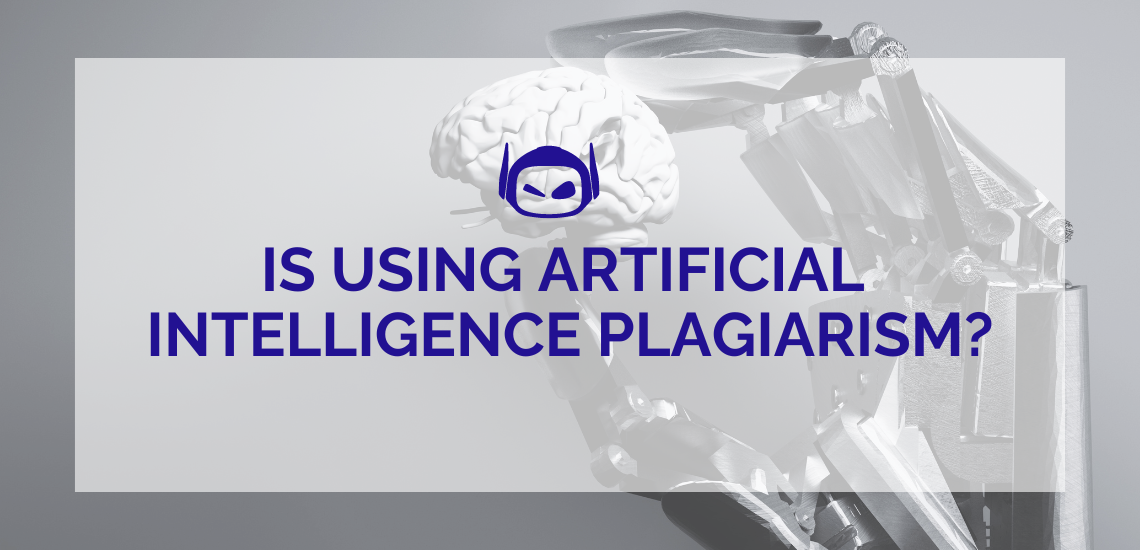
General Guide About Content and Writing
Artificial intelligence has revolutionized content creation. So many generative AI...
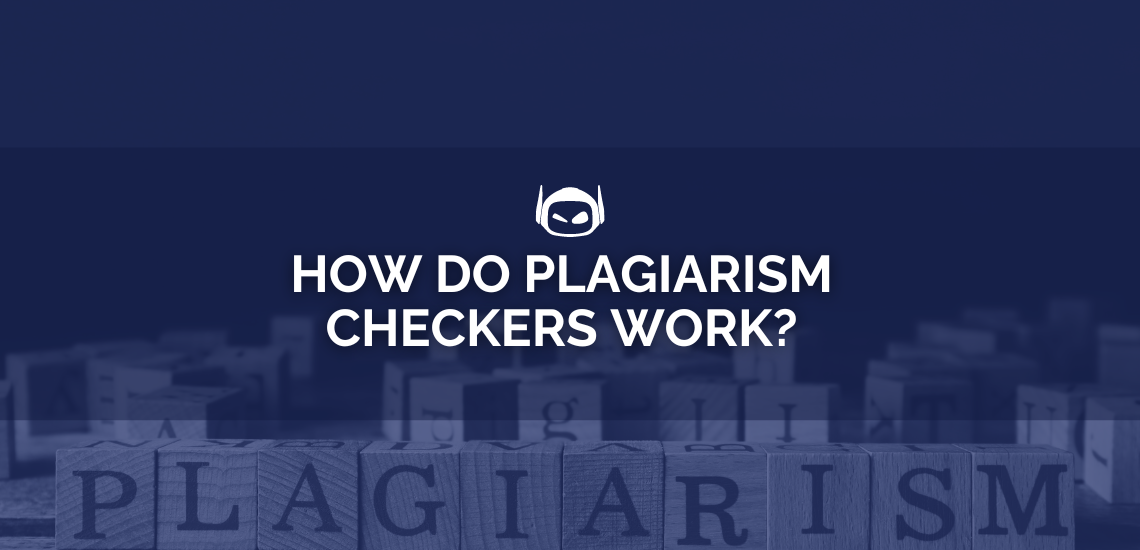
General Guide About Content and Writing
How sure are you that your writing is plagiarism-free? As...
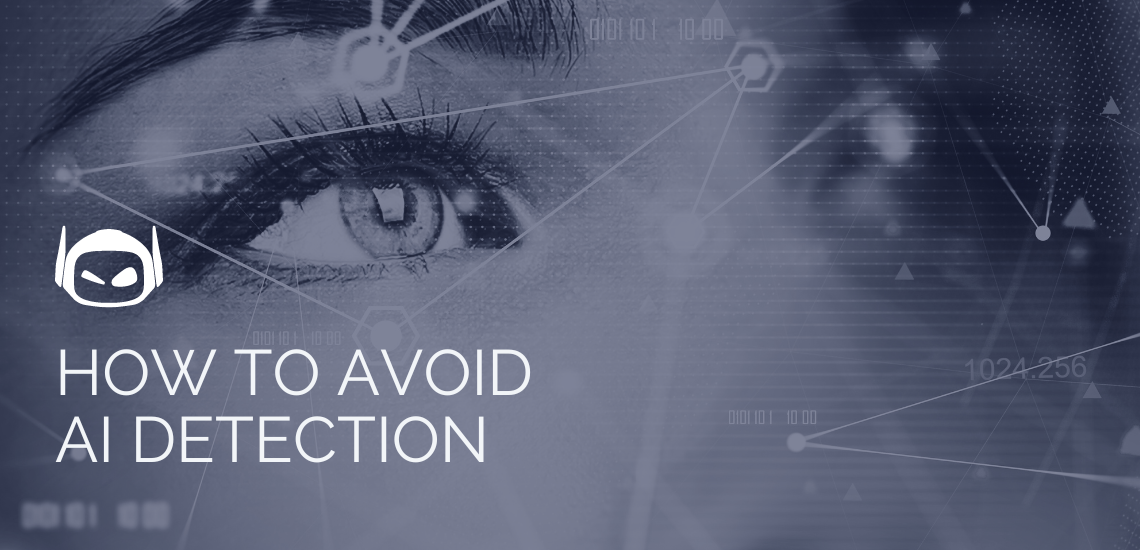
General Guide About Content and Writing
Do you want to use AI content but are worried...

Are you interested in using AI technology, and want to...
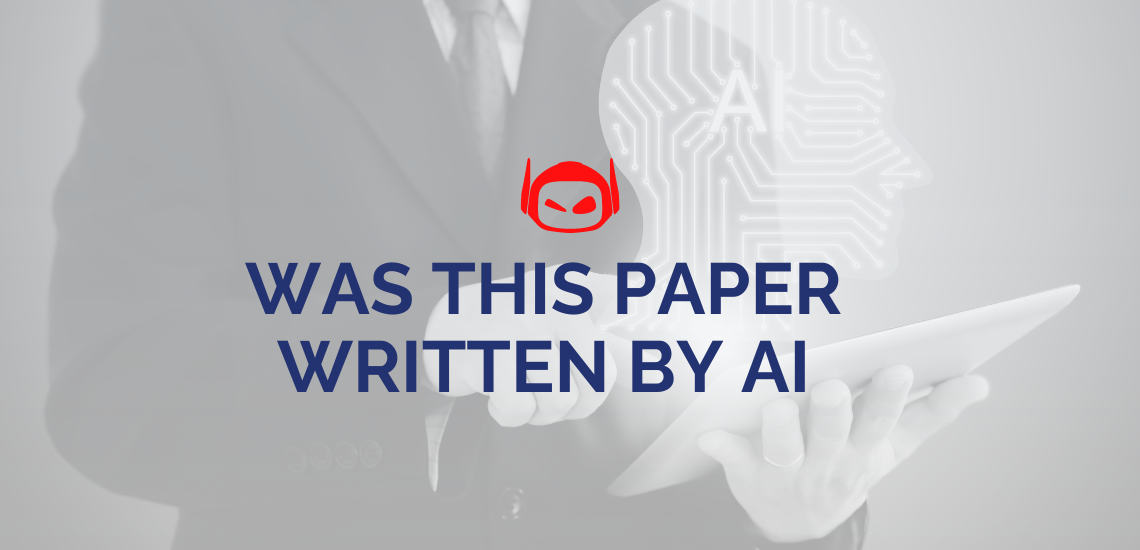
In today’s digital world, using AI tools in essay writing...
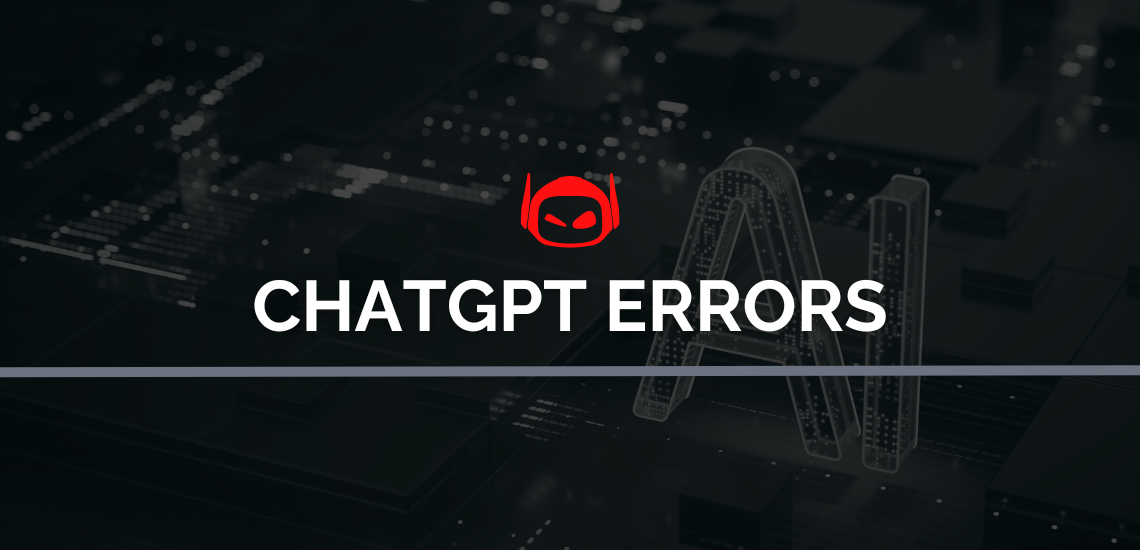
ChatGPT is an incredible tool that helps users with a...
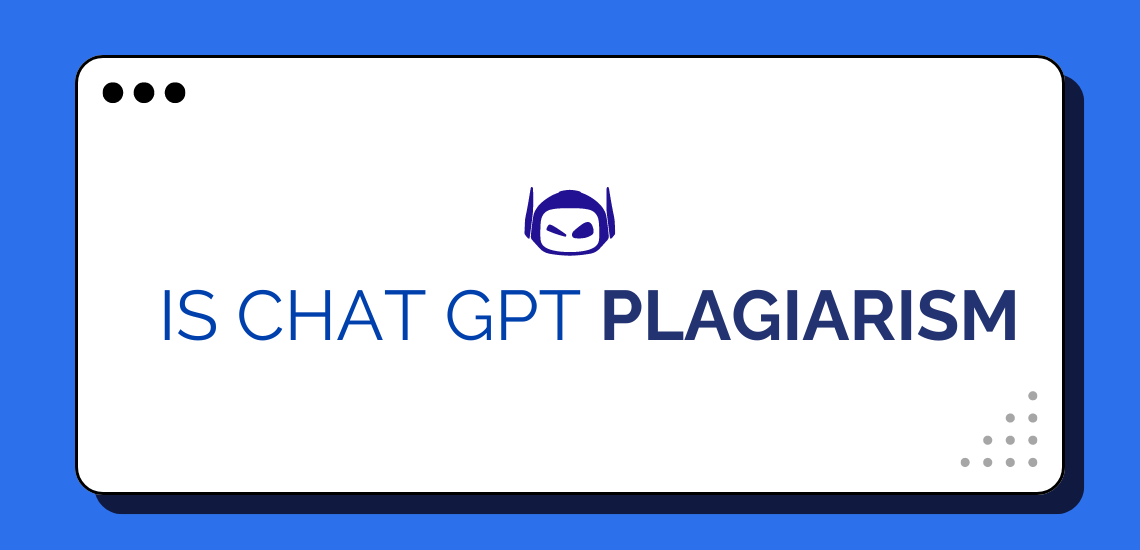
Millions of students have the privilege of studying with the...
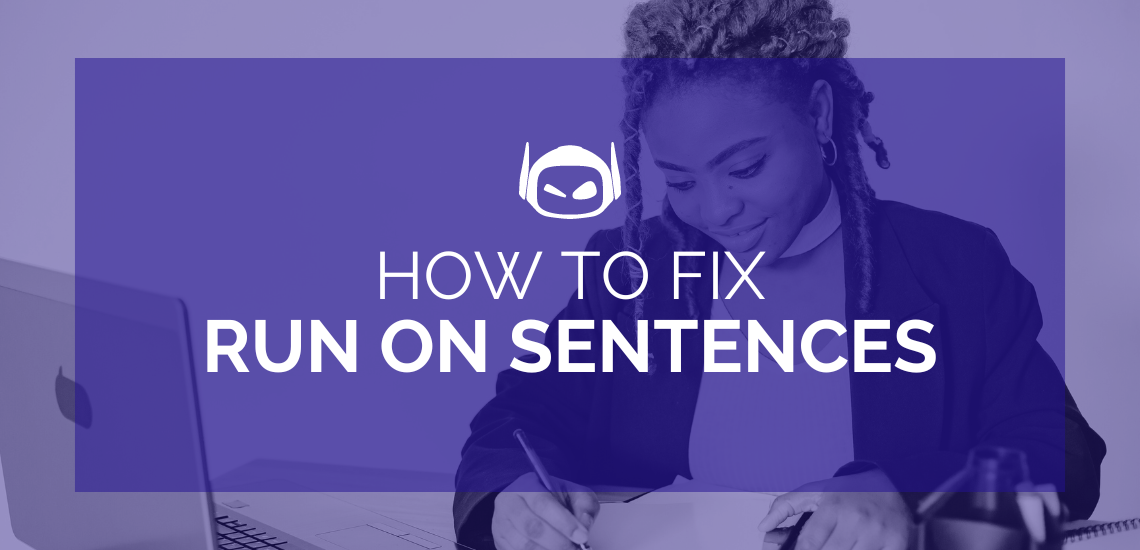
Step-by-Step Instructions for Writing
Writing clear and concise sentences is a fundamental skill. One...